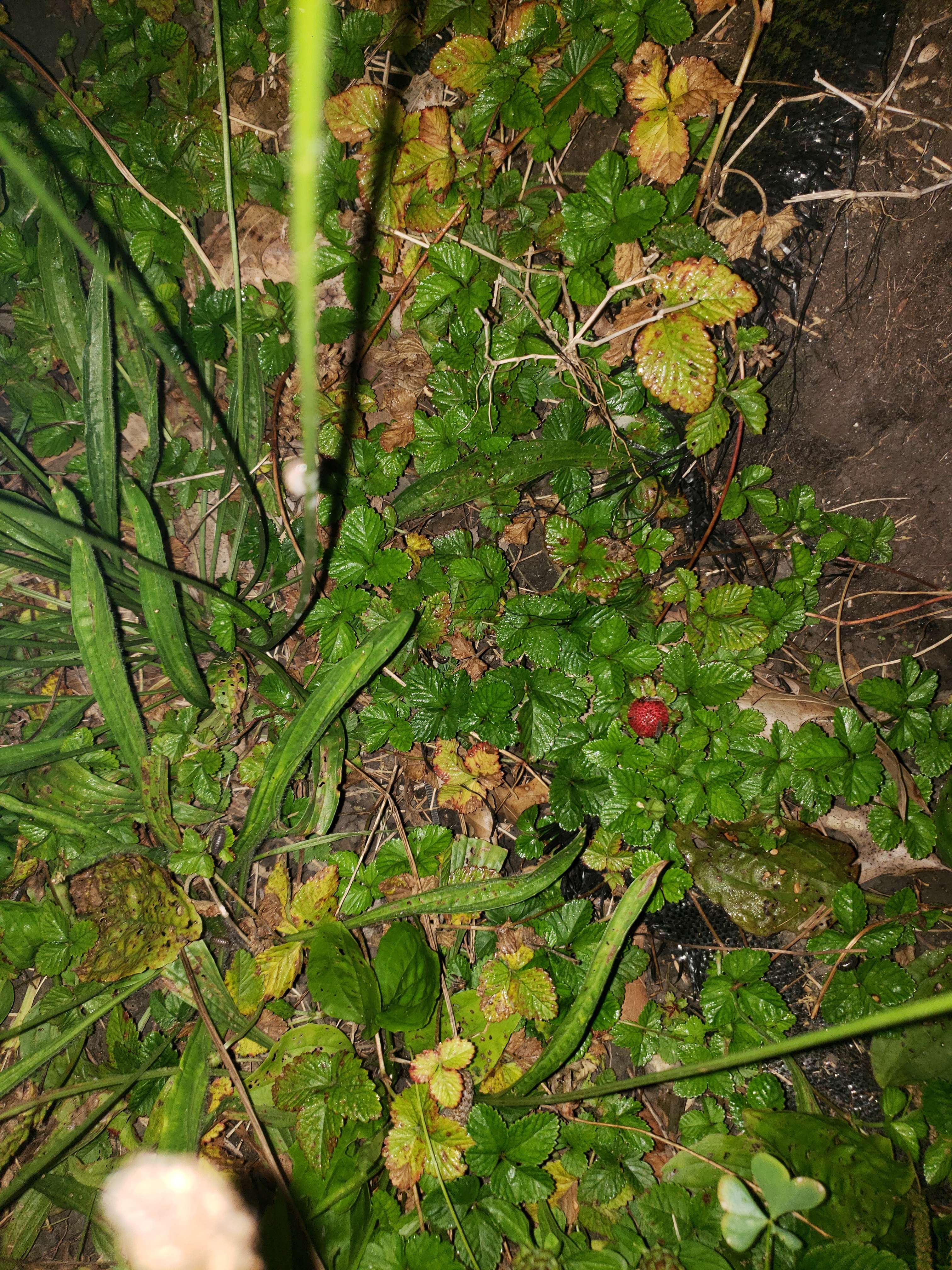I'm trying to do some research on mycelium networks and how they interact with wild and domesticated plants is one, and another reason is because I want a tasteless fruit to act as a filler with my actually yummy stuff I wanna grow.
Though, suzeQ's idea reminded me of something I can't find anywhere since I saw it once: pineberry. That I'll make sure to grow, since no one does apparently.
Deadalus, thank you! I'm thinking with everyone's help, I might just do a tristrawberry jam? Wild, pine, straw. But since it's so aggressive in good soil (where I found it, it was growing in and around a buried cloth covered in rocks), I'll have to use some of the other plants that some of my friends offered me, which should make it unable to grow where I don't want it (daffodils and barrel cactus).







